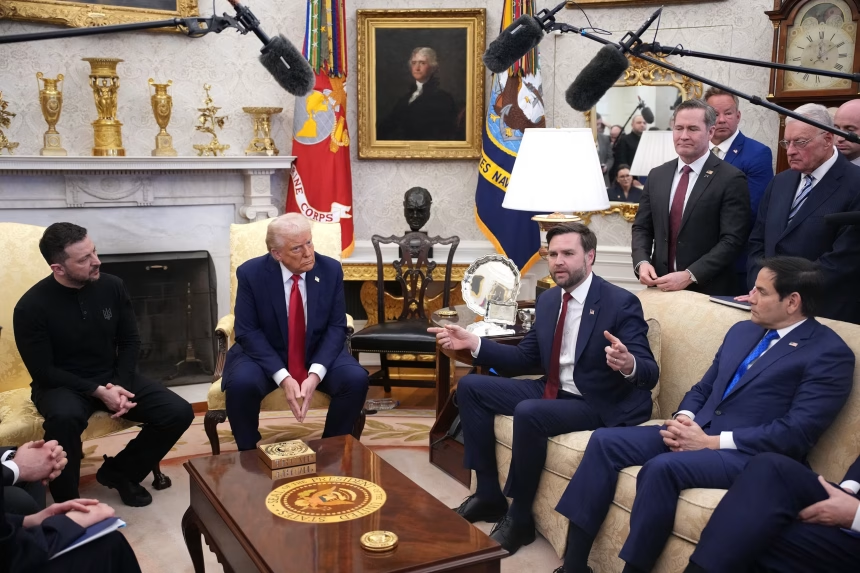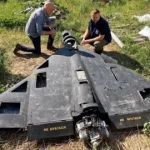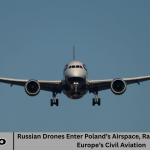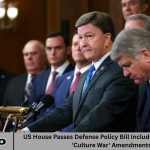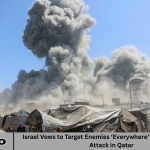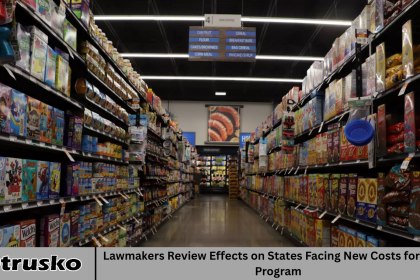the Oval Office Map Shaped Trump’s View of the Ukraine War has become a striking example of how visual information can influence presidential decision-making. Maps are more than tools of geography; they are instruments of power, symbols of strategy, and visual reminders of global stakes. For Donald Trump, the Oval Office map was not just décor but a lens through which he understood, simplified, and communicated complex conflicts.
As Ukraine’s war against Russian aggression intensified, observers noticed that Trump often referred back to his map in discussions. This raises important questions: How did a simple map shape the worldview of the most powerful officeholder in the world? What role did visualization play in forming Trump’s rhetoric about Ukraine and Russia? And what does this reveal about leadership, perception, and communication in times of war?
This article explores those questions in depth, breaking down how Trump’s Oval Office map influenced his understanding of the Ukraine war and how it impacted political narratives at home and abroad.
The Power of Maps in the Oval Office
Every U.S. president surrounds themselves with symbols of leadership. Some keep family photos, others military memorabilia. For Trump, one of the most prominent features of his Oval Office was a map.
- Maps have historically been crucial in political strategy:
- Franklin D. Roosevelt often studied world maps during World War II to follow Allied advances.
- John F. Kennedy used maps extensively during the Cuban Missile Crisis.
- George W. Bush tracked Iraq and Afghanistan operations through large briefing maps.
For Trump, the Oval Office map became both a strategic and symbolic artifact. It allowed him to simplify the complex and present global conflicts in terms that resonated with his style: direct, visual, and impactful.
Trump’s View of Ukraine Through His Oval Office Map
1. Simplifying a Complex Conflict
The Ukraine war is a highly complex conflict involving deep historical, ethnic, and geopolitical roots. But Trump’s Oval Office map reduced the conflict to borders, territories, and control zones. This simplification shaped how he communicated the war, often framing it in transactional terms of “who holds what land.”
By pointing at regions and borders on the map, Trump could condense a global narrative into a visual argument, one that was easy to present in interviews or meetings.
2. Geography as Political Messaging
Trump’s map reportedly emphasized Ukraine’s proximity to Russia, a framing that he often used to argue why the conflict was less of an American problem and more of a European or regional one.
His statements like “Ukraine is far away” or “Europe should be paying more” echoed the spatial message reinforced by his map. In this way, the geography itself shaped his policy rhetoric.
3. The Map as a Propaganda Tool
Critics argue that Trump sometimes used the map not for strategy but for political theater. In meetings with foreign leaders, pointing at Ukraine or Eastern Europe allowed him to dramatize discussions and showcase his grasp of global dynamics.
Like when he famously displayed a hurricane map altered with a Sharpie, Trump’s relationship with maps blurred the line between fact and showmanship. In the case of Ukraine, the Oval Office map became both a prop and a persuasive device.
4. Influence on Decision-Making
Trump’s reliance on visual tools reveals something deeper about his leadership style: decisions were shaped by what he could see and show. Aides and foreign policy experts often noted that his briefings were more effective when maps and charts were used.
Regarding Ukraine, this meant that territorial losses, Russian advances, and Western military aid were often discussed in visual terms. The Oval Office map helped frame the war not in abstract policy language but in visible, graspable stakes.
5. Psychological Impact: Control Through Visualization
Maps give a sense of control. For a president like Trump, who thrived on projecting authority, the Oval Office map reinforced the image of being in command. By literally placing his finger on Ukraine or Russia, he could embody the role of decision-maker on the global stage.
This had psychological weight — for him, his staff, and his audience. In a war defined by shifting battle lines, the map allowed him to claim clarity, even if the reality was far more complicated.
Expert Perspectives on Trump’s Map Obsession
Experts in political communication and geography have weighed in on how maps influence leaders:
Dr. Susan Harding, political communication expert, notes: “Visuals like maps shape not just understanding but also persuasion. For a leader like Trump, the Oval Office map was less about analysis and more about storytelling.”
Geopolitical analyst Mark Galeotti explained that maps can mislead as much as they inform: “Borders and battle lines on a map suggest permanence, but wars like Ukraine’s are fluid. Relying too heavily on maps risks oversimplification.”
Military historian Timothy Snyder observed that Trump’s references to Ukraine’s geography often downplayed its sovereignty, emphasizing location over independence.
How the Oval Office Map Shaped Narratives About the Ukraine War
Trump’s use of the Oval Office map had ripple effects:
On Domestic Politics: By showing Ukraine’s distance from the U.S., Trump framed military aid as a burden unfairly carried by America, bolstering his “America First” narrative.
On International Relations: European allies viewed his rhetoric as dismissive, fearing it encouraged Russian aggression.
On Public Perception: The visual emphasis contributed to a widespread U.S. narrative that the Ukraine war was “not America’s fight.”
Storytelling Angle: Inside the Oval Office
Former staffers recall that Trump often invited guests into the Oval Office and gestured to the map. For some, this was impressive, a hands-on display of presidential command. For others, it underscored his tendency to reduce complex conflicts into simple visuals.
One aide described the experience: “He would point at Ukraine, then Russia, then Europe, and explain why it wasn’t our war. It was persuasive because the map made it look obvious.”
This storytelling through the map reinforced his broader communication style: simple, visual, and emotionally charged.
Lessons Learned: The Power and Limits of Maps in Leadership
- The story of how the Oval Office map shaped Trump’s view of the Ukraine war offers larger lessons:
- Visual tools are powerful — they simplify and persuade.
- Oversimplification is risky — maps can hide complexities.
- Leadership style matters — Trump’s reliance on visuals reflected his broader approach to decision-making.
- Narratives shape policy — the way a leader frames a war influences public opinion and international action.
FAQs
Why did Trump rely so heavily on his Oval Office map?
Trump preferred visual tools because they simplified complex issues and allowed him to present arguments persuasively.
Did the Oval Office map affect U.S. policy on Ukraine?
Yes, by framing Ukraine as geographically distant, it reinforced Trump’s argument that Europe should bear more responsibility.
How do maps influence presidential decision-making historically?
From FDR to Kennedy, maps have always played a role, but Trump’s usage leaned more toward symbolism and showmanship.
What risks come with relying on maps in war discussions?
Maps can oversimplify fluid situations, potentially leading to misjudgments in strategy and diplomacy.
What does Trump’s Oval Office map story teach us about leadership?
It shows how much perception, visuals, and storytelling can shape decisions at the highest level.
Conclusion
How the Oval Office Map Shaped Trump’s View of the Ukraine War reveals the intersection of geography, politics, and perception. For Trump, the Oval Office map was more than decoration; it was a lens for understanding, a prop for persuasion, and a tool for shaping narratives.
Yet, as experts warn, maps can obscure as much as they illuminate. The Ukraine war is not just about lines on a page — it is about sovereignty, survival, and global order. The story of Trump’s map reminds us that leadership is often shaped not just by facts, but by how those facts are seen, simplified, and shown.

